
CT BRAIN PLAIN
- 2100
CT PNS - CORONAL & AXIAL
- 2400
CT CHEST PLAIN
- 3750
CT KUB
- 3000
CT ABDOMEN AND PELVIS
- 5250
CT WHOLE ABDOMEN PLAIN STUDY
- 5250
CT CORONARY ANGIOGRAPHY
- 10500
CT TEMPORAL BONE
- 2775
CT 3D ONE REGION
- 3900
CT NECK PLAIN
- 2775
3D CBCT DENTAL SCAN-ONE VOLUME
- 1400
CBCT FULL MOUTH
- 3700
CBCT UPPER JAW
- 1600
CBCT LOWER JAW
- 1600
CT CORONARY CALCIUM
- 3150
CT MASTIOD
- 2775
CT PNS - CORONAL
- 2175
CT LUMBAR SPINE
- 3150
CT JOINT (PLAIN)
- 2775
CT CERVICAL SPINE
- 3150
CT PELVIS PLAIN
- 3750
What is a CT Scan?
A CT scan (Computed Tomography scan) is a specialized medical imaging technique that combines X-rays and computer processing to create detailed cross-sectional images of the body’s internal structures. Unlike a regular X-ray, which provides a flat image, a CT scan creates multiple images (slices) that can be assembled to form a 3D view of organs, bones, blood vessels, and tissues.
Purpose of a CT Scan
CT scans are widely used in medical diagnostics due to their speed, accuracy, and detail. Here are the main purposes:
- Diagnosing Conditions
- Detect tumors, infections, blood clots, or internal injuries
- Identify causes of unexplained pain or symptoms
- Monitor the progression of diseases (e.g., cancer)
Guiding Procedures
- Aid in performing biopsies or surgeries
- Assist in planning radiation therapy
Evaluating Trauma
- Detect internal bleeding, fractures, or organ damage in emergency cases
Detecting Vascular Issues
- Assess blood vessels for blockages or aneurysms (e.g., with CT angiography)
Staging Diseases
- Determine the size, location, and spread of cancer or infections
Common Areas Scanned
- Brain – For stroke, bleeding, tumors
- Chest – For lung disease, heart, or vessel problems
- Abdomen/Pelvis – For kidney stones, appendicitis, tumors
- Bones & Joints – For complex fractures or joint issues
- CT scans are fast, non-invasive, and widely available, making them a crucial tool in modern medicine.
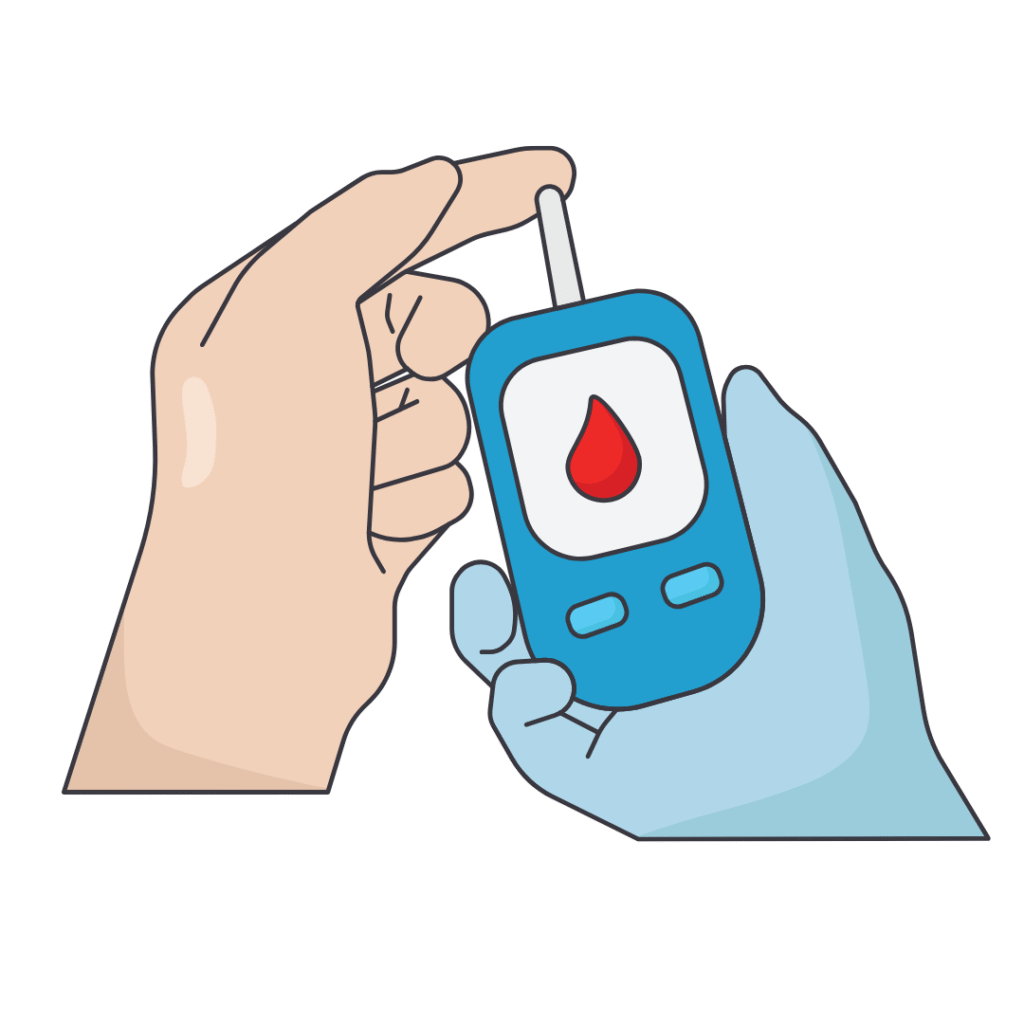
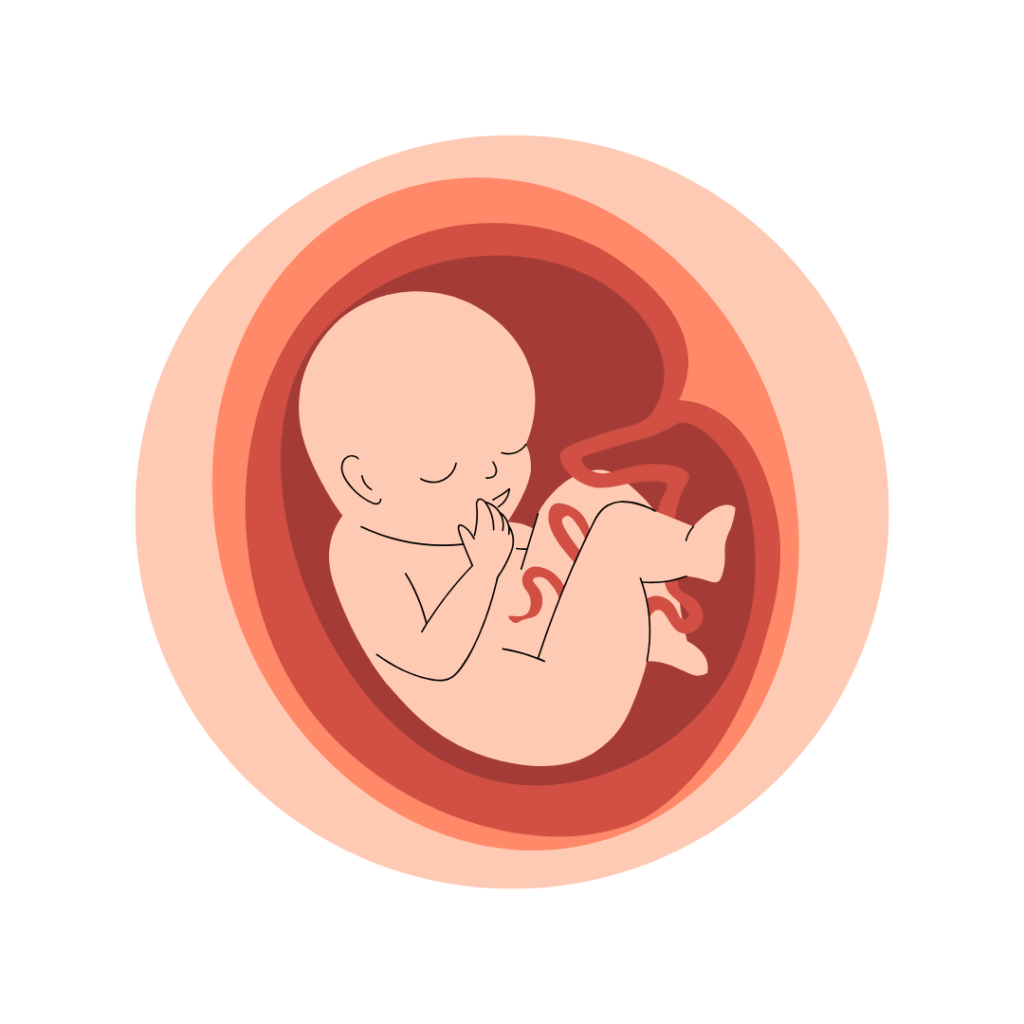
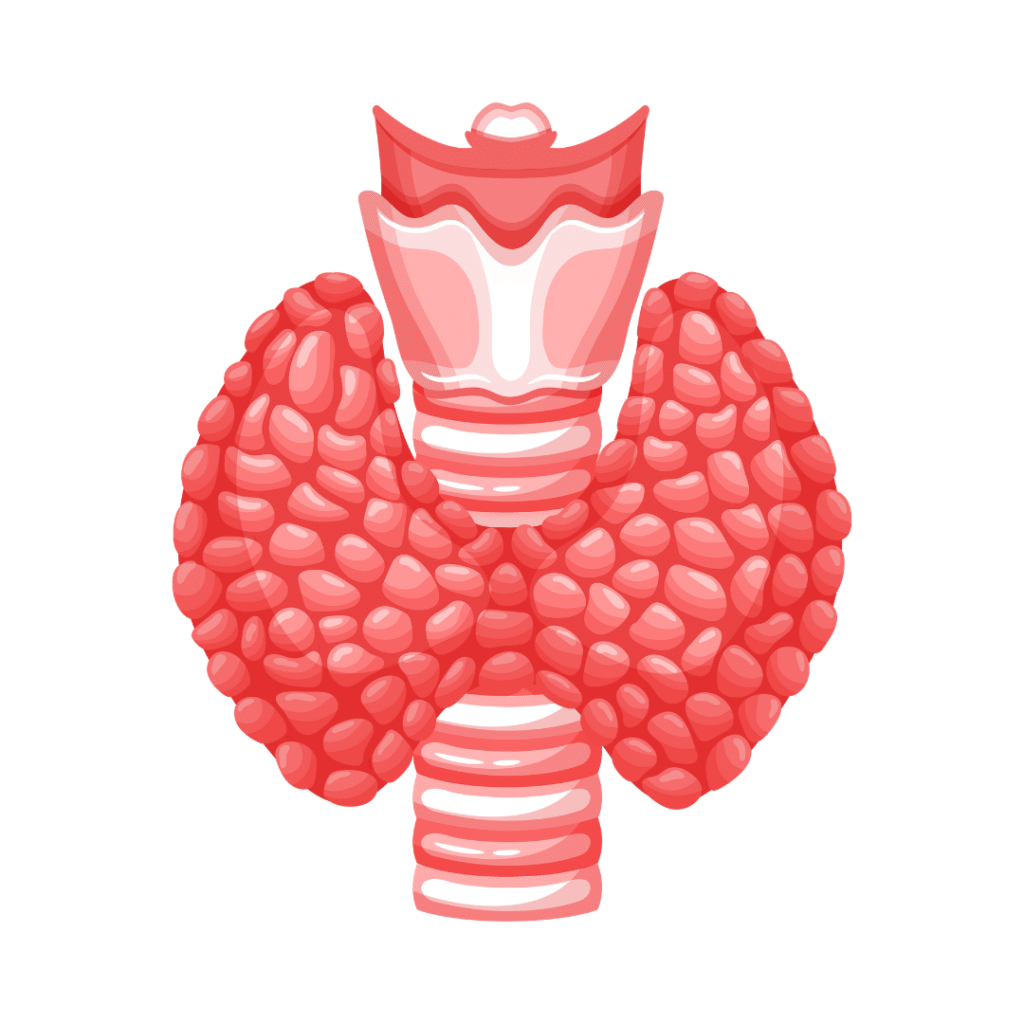
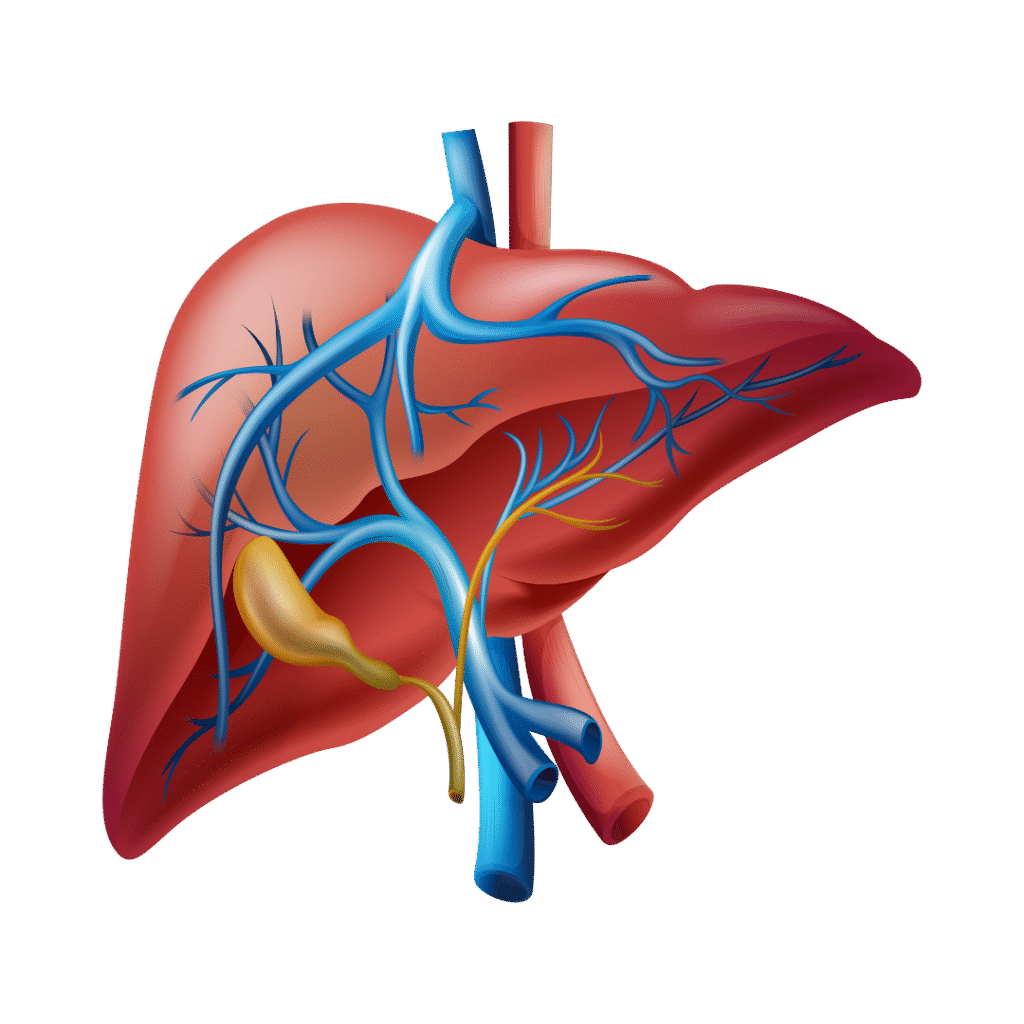
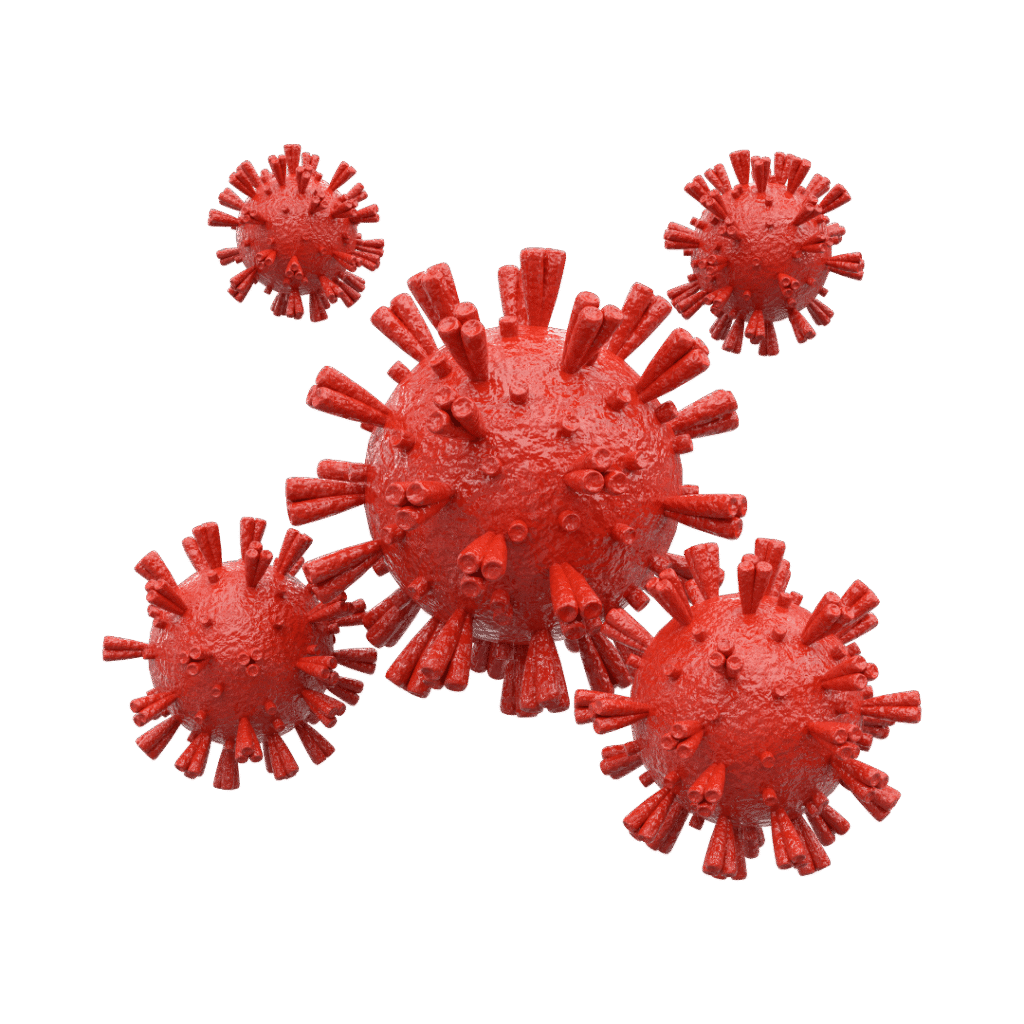
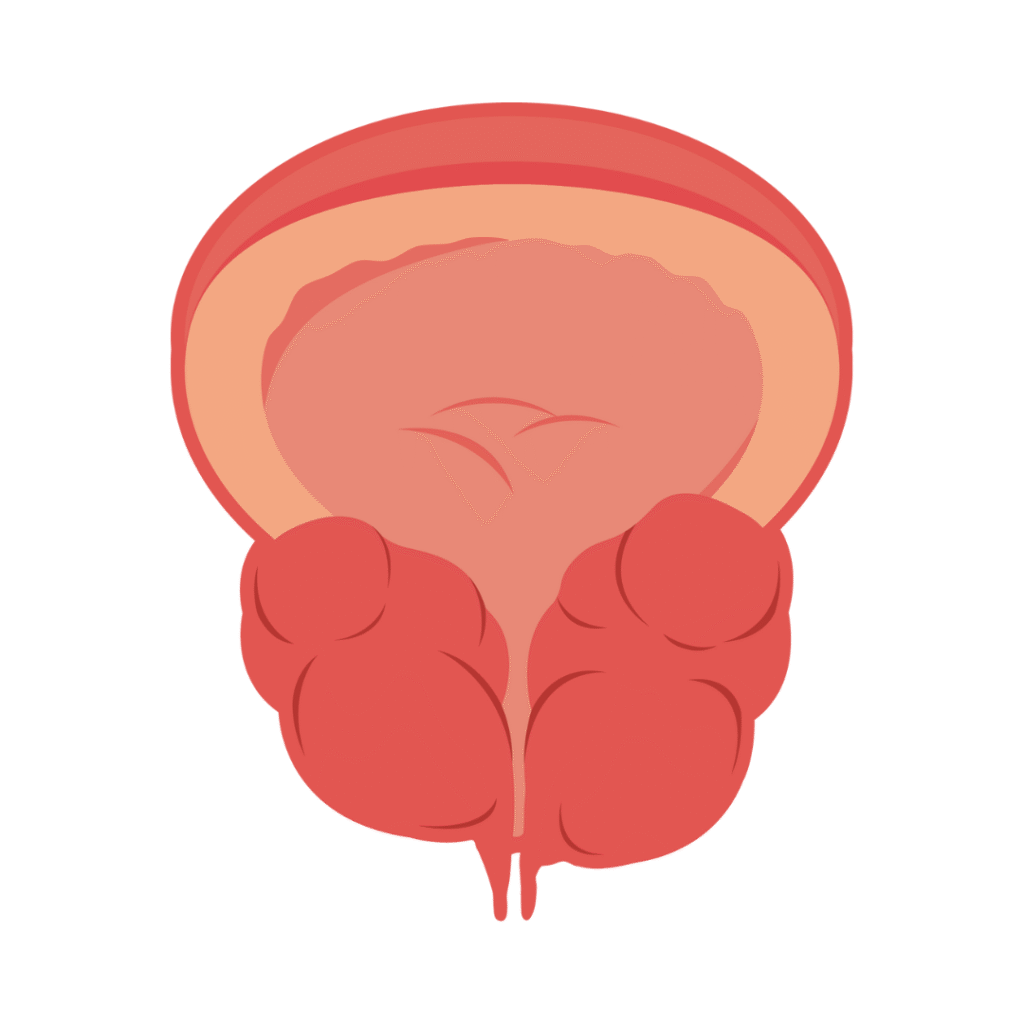
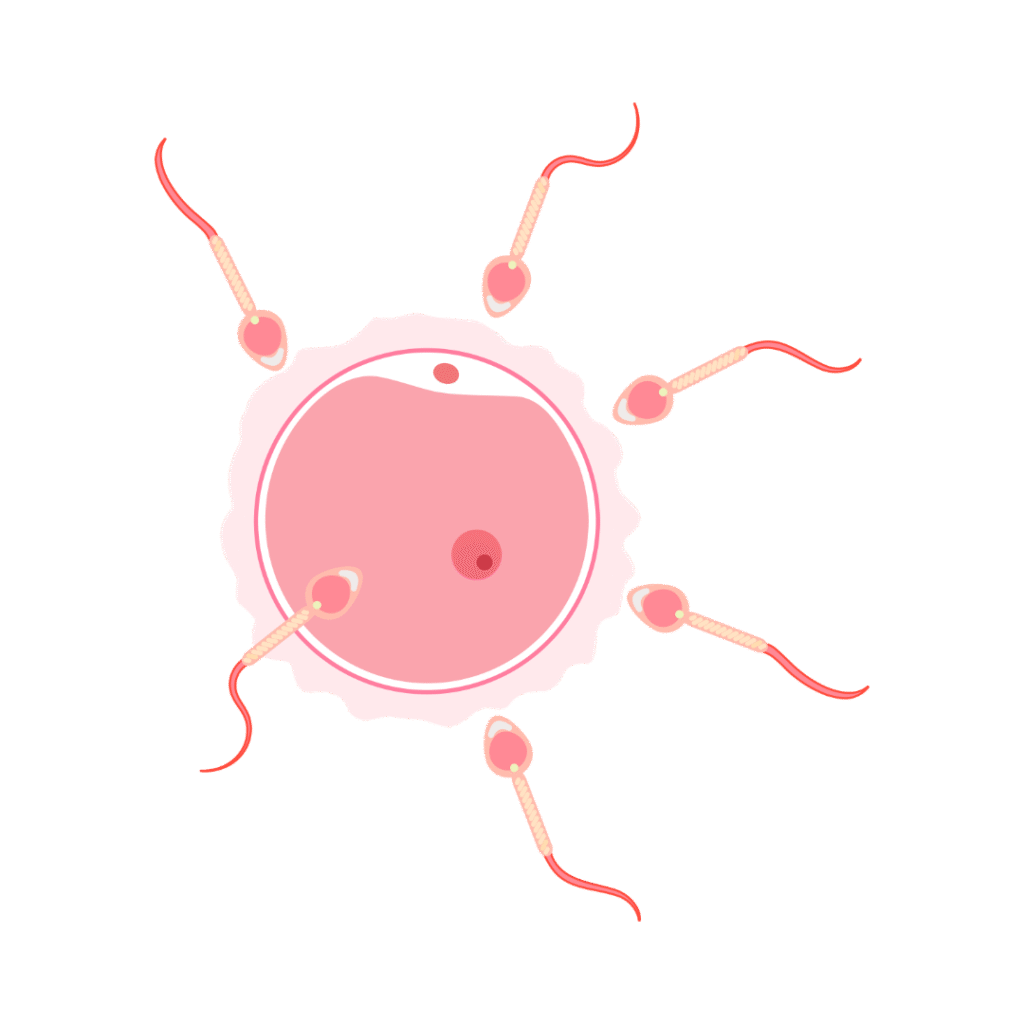
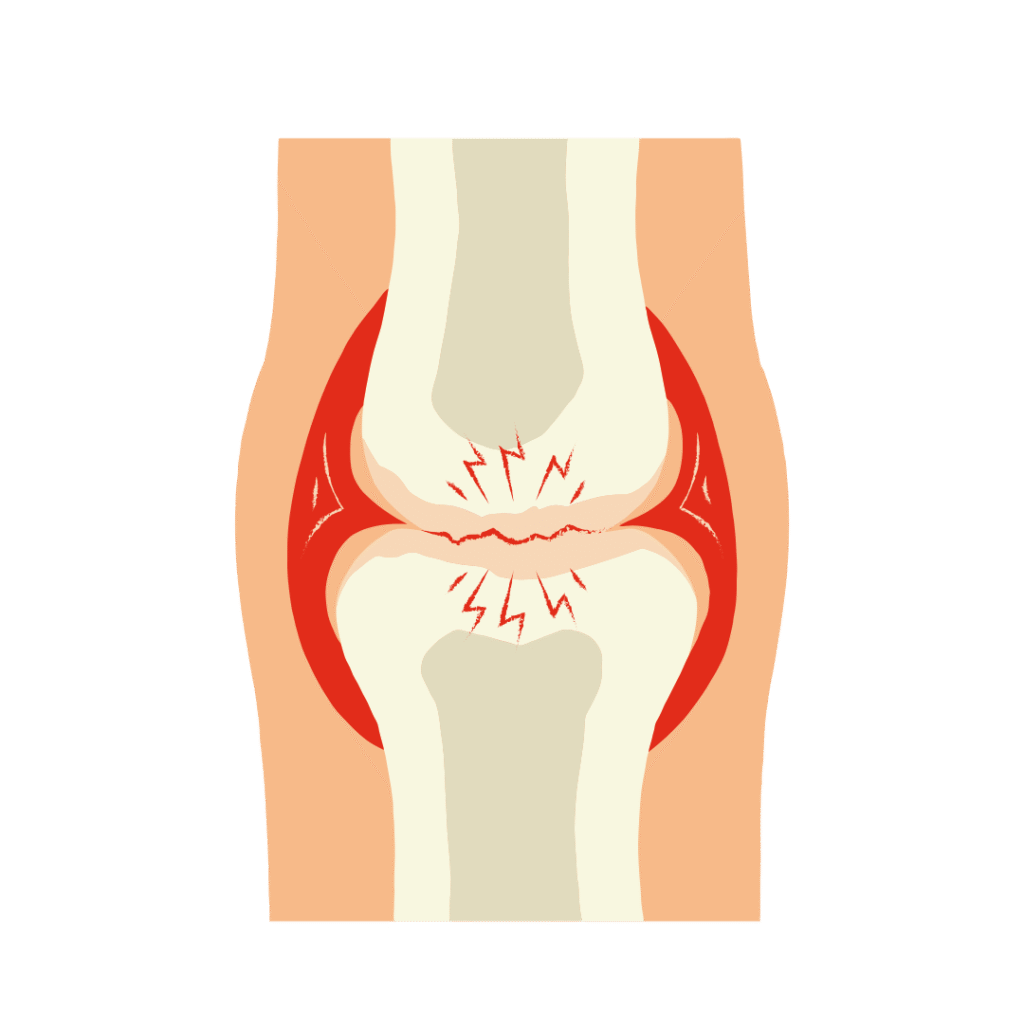
Diabetes
Pregnancy
Thyroid
Liver
Covid
Prostate
Fertility
Bone

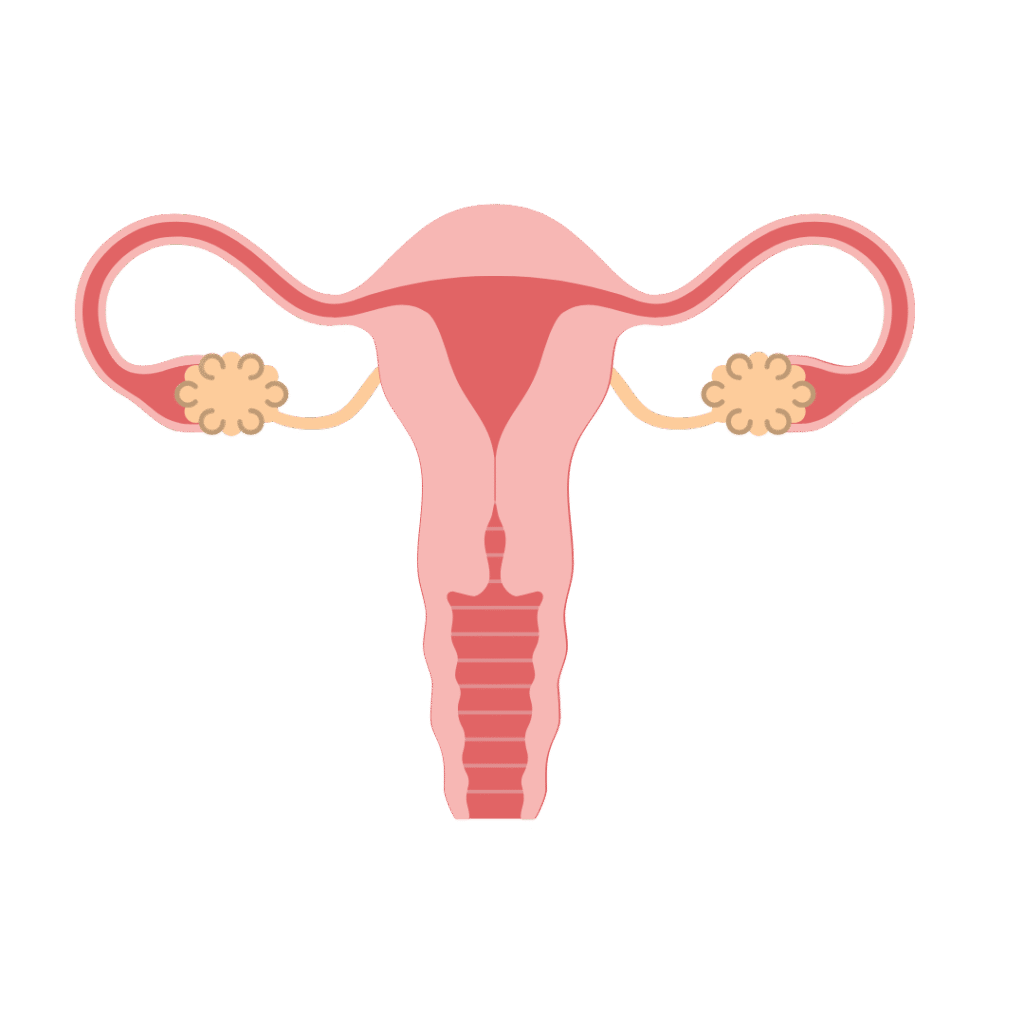
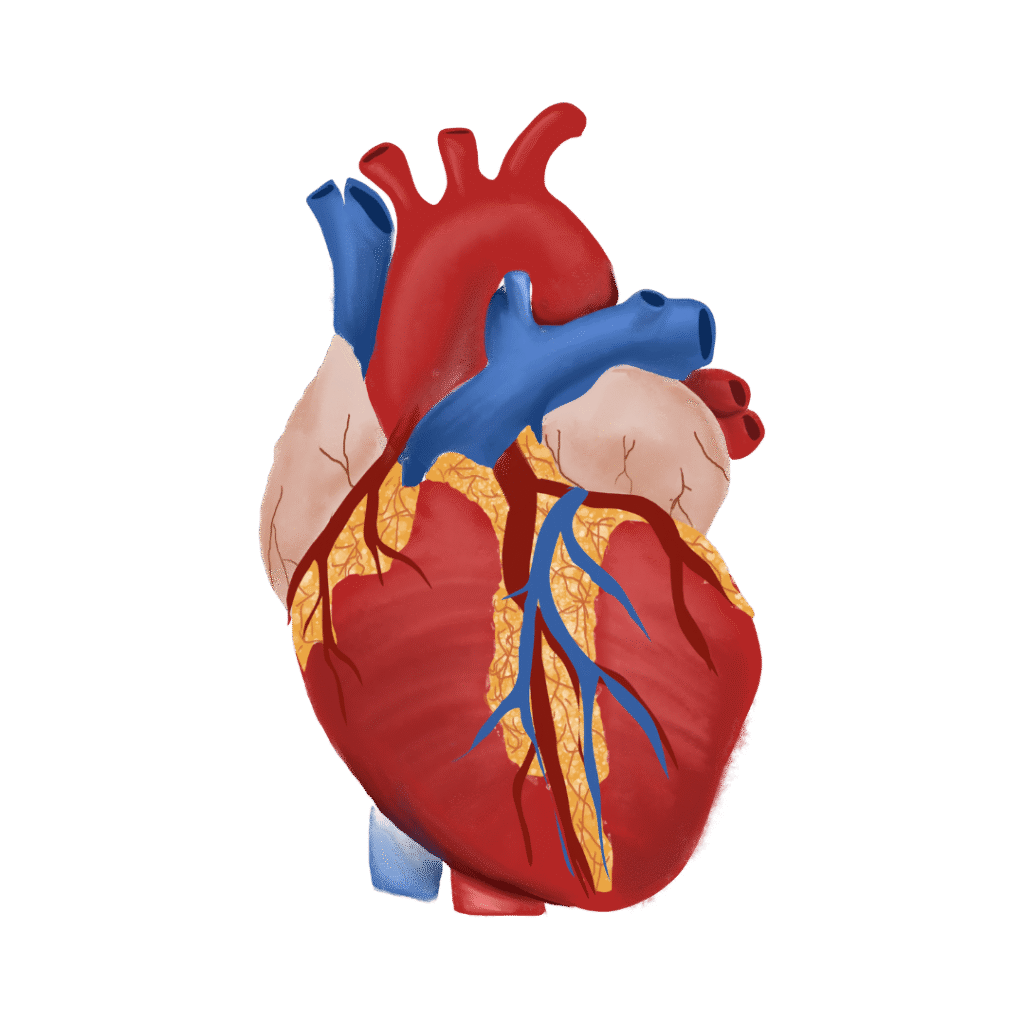
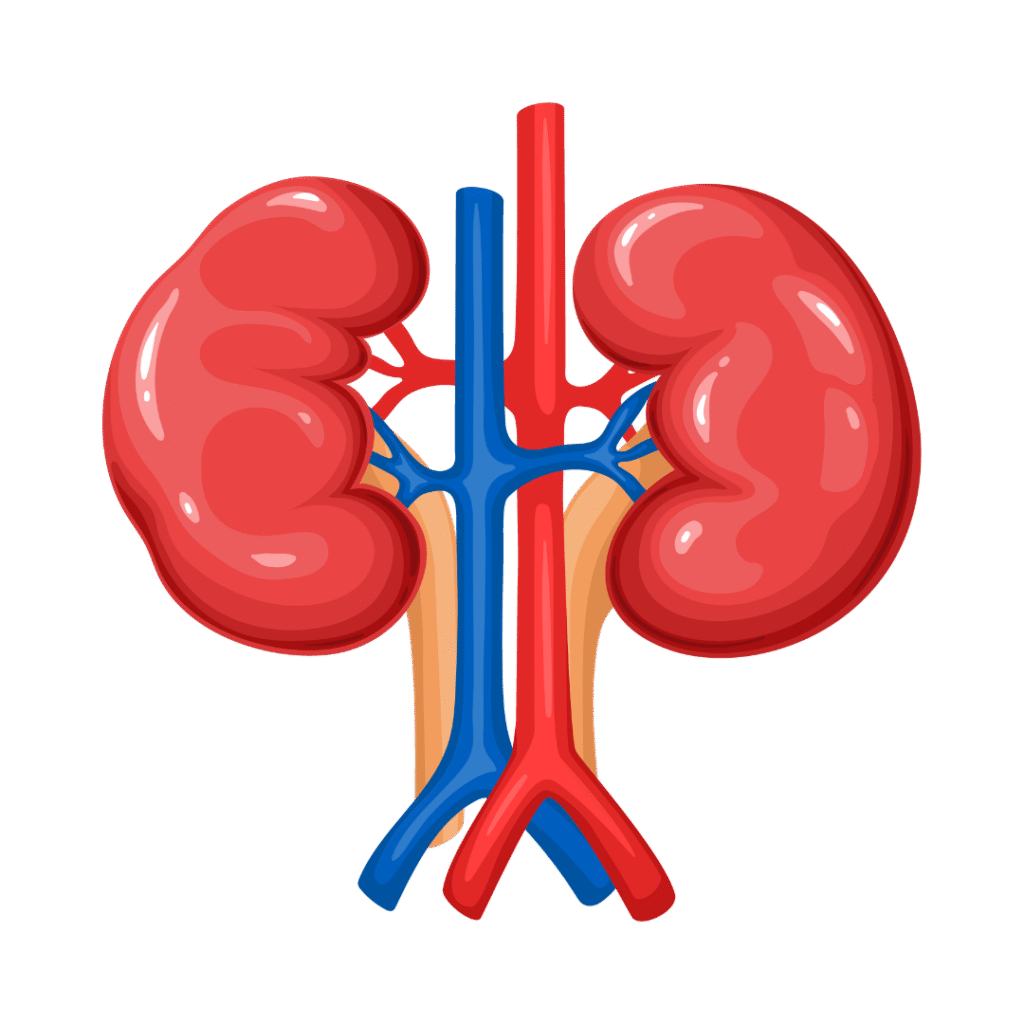
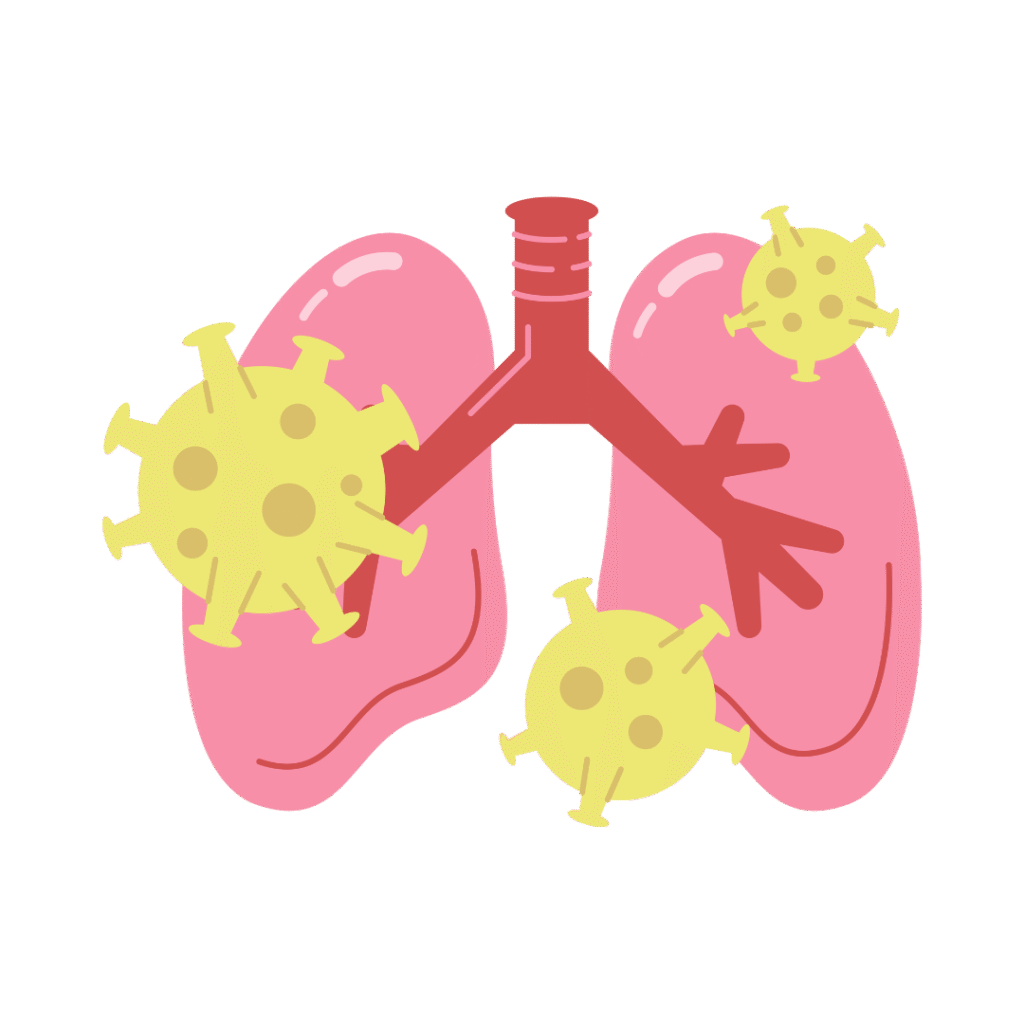
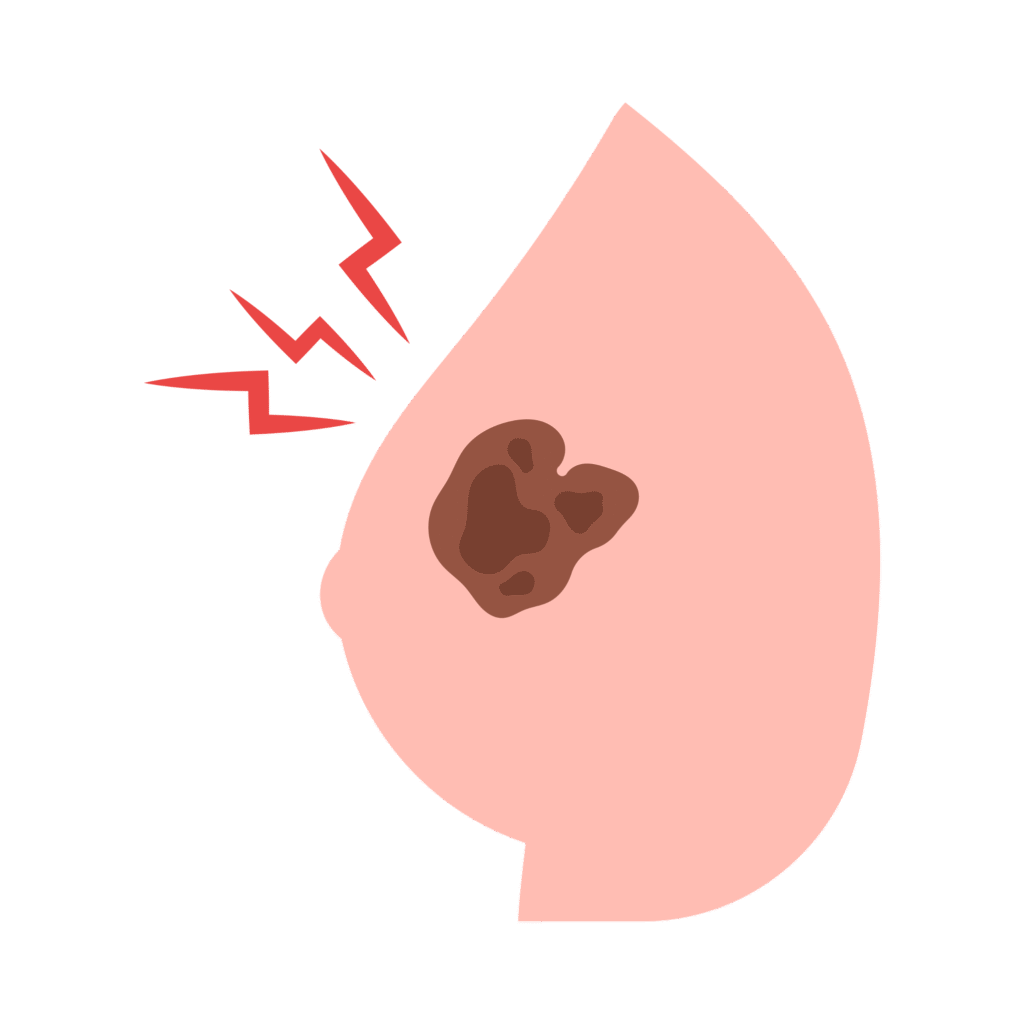

Gastro
Cervix
Heart
Kidney
cancer
breast
Vitamins
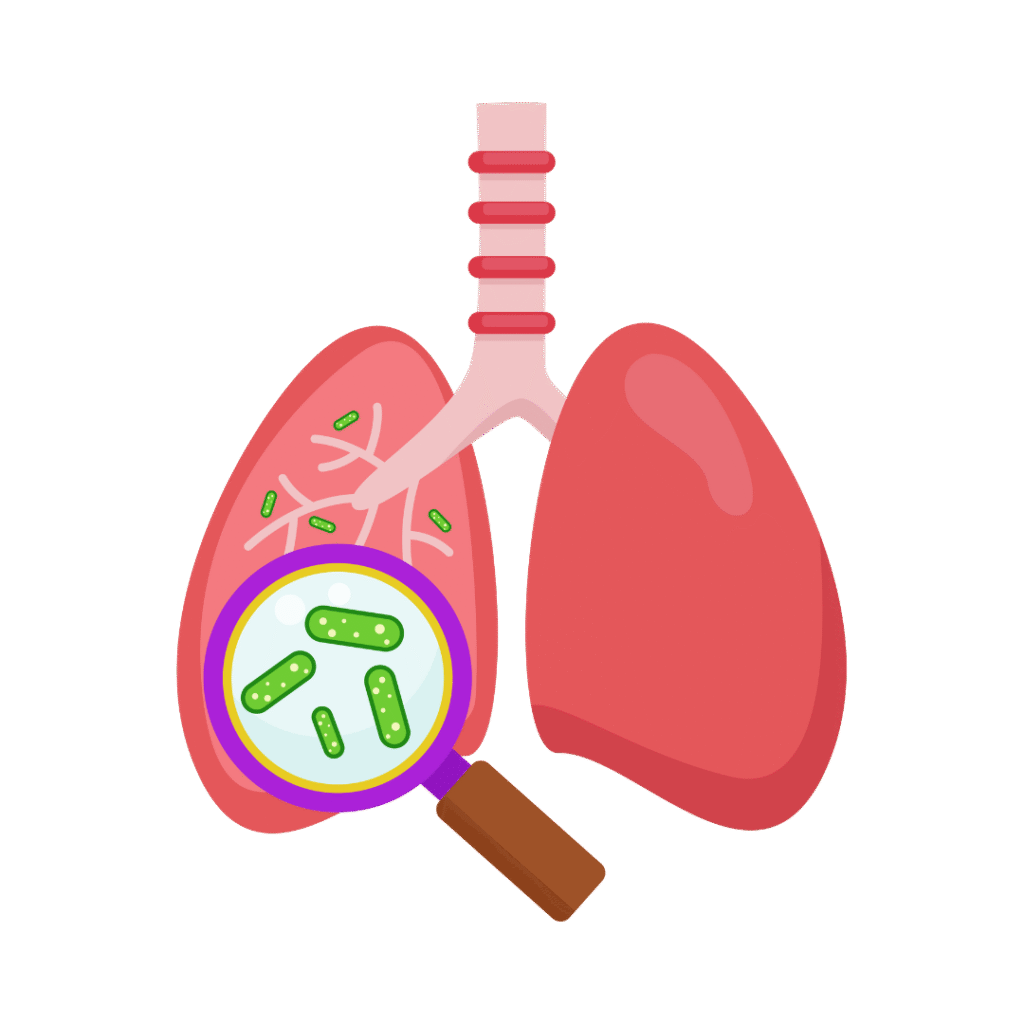
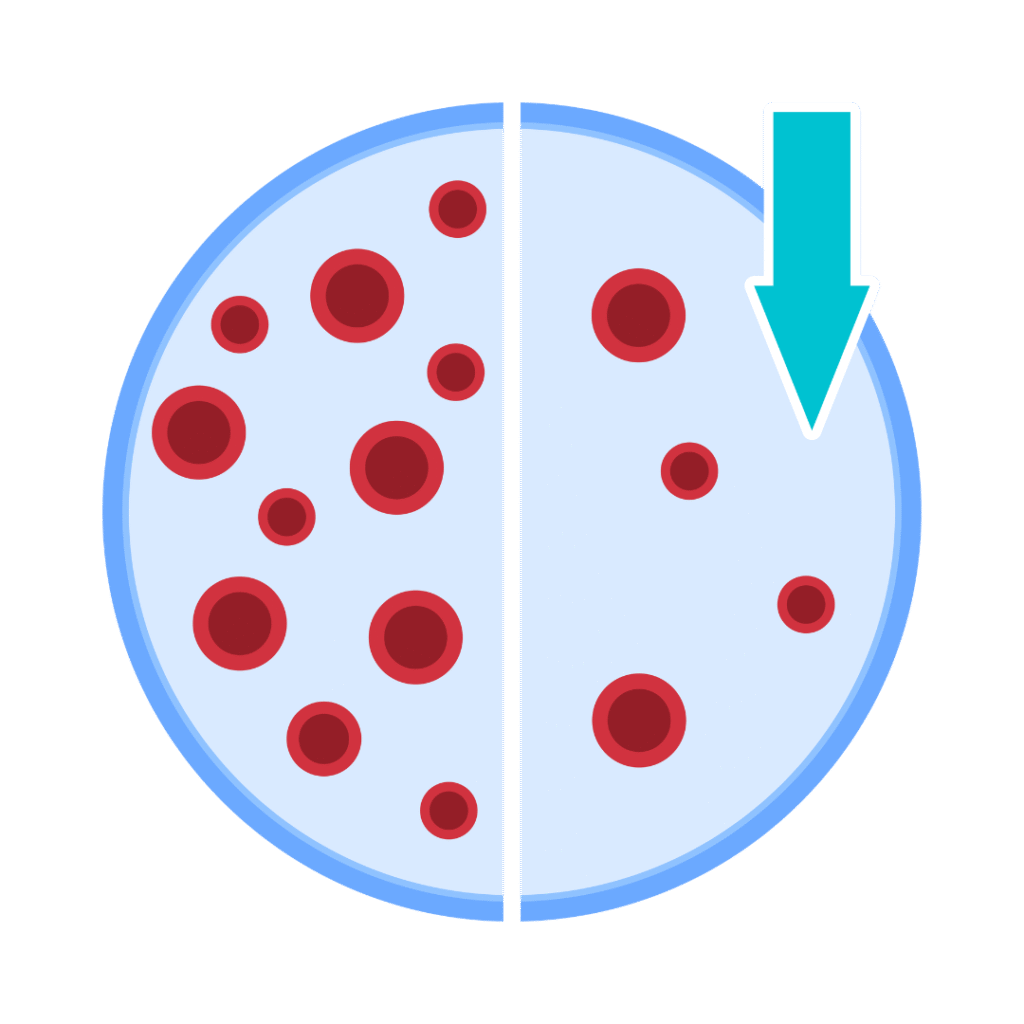
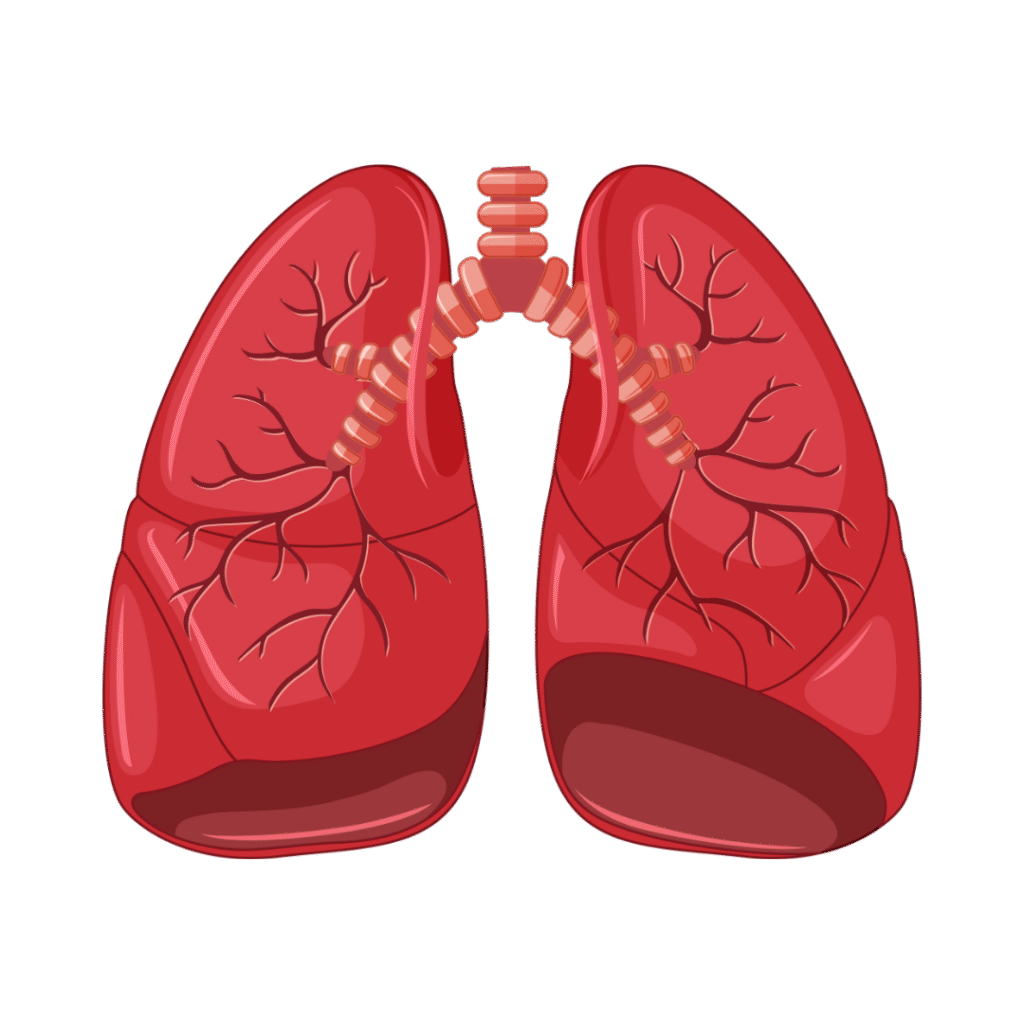
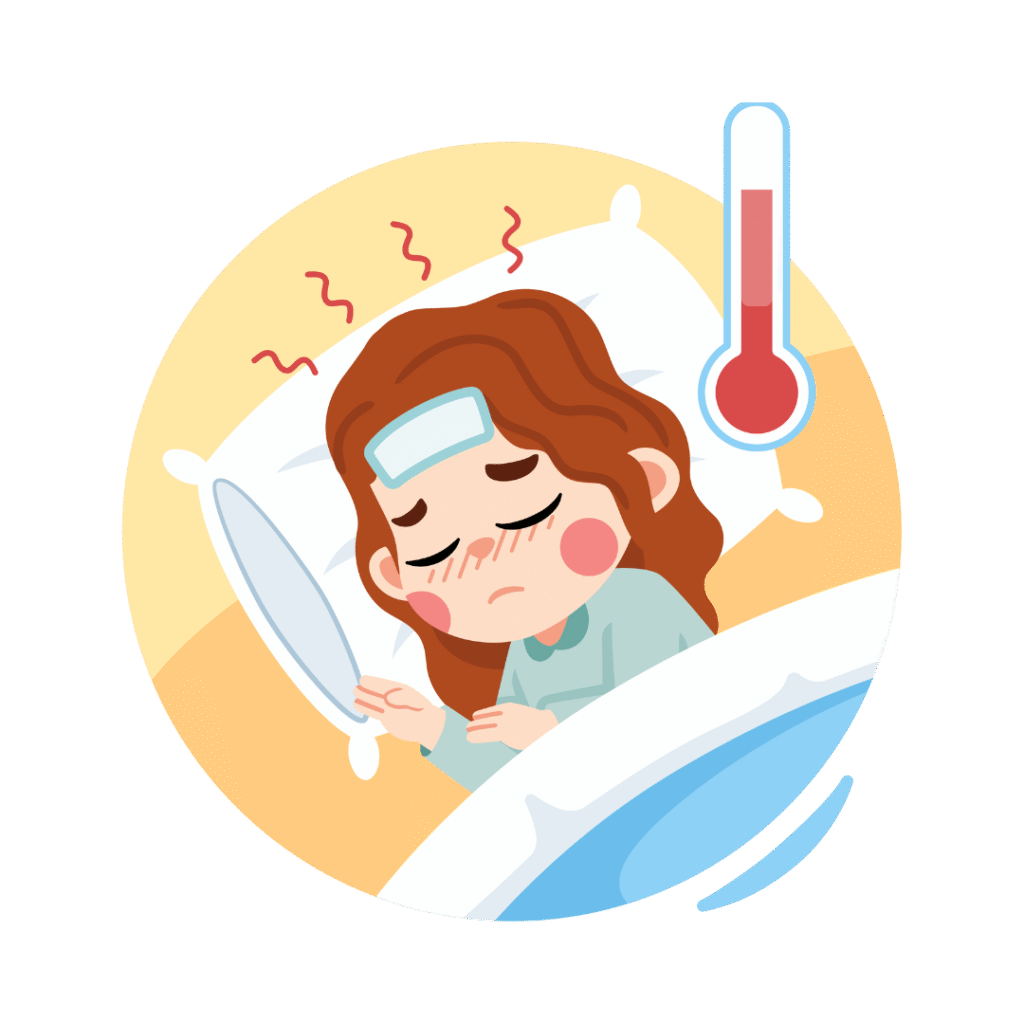
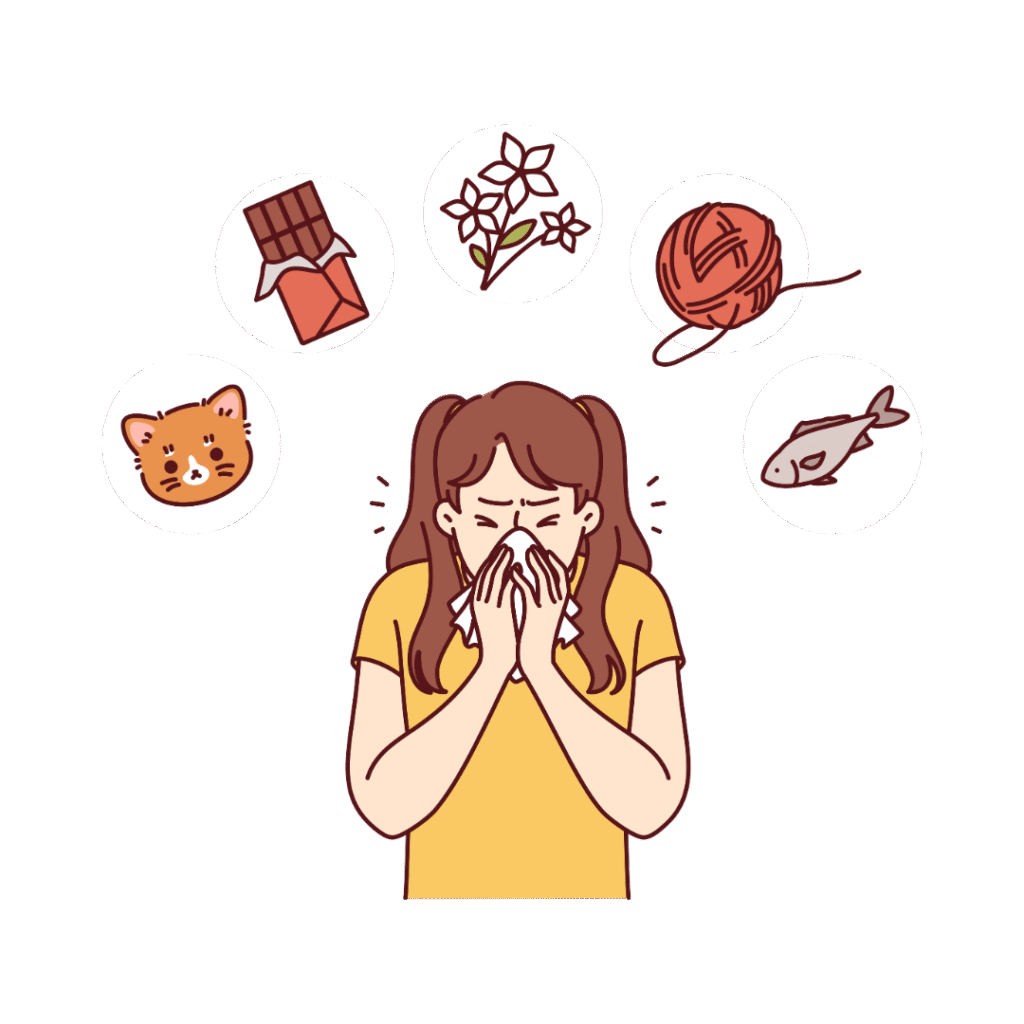
Tuberculosis (TB)
Anemia
Lungs
Fever
Allergy
Frequently Asked Questions
A CT (Computed Tomography) scan uses X-rays and computer processing to create detailed cross-sectional images of the body’s internal structures, including bones, organs, and blood vessels.
It helps:
Diagnose injuries, tumors, infections, or internal bleeding
Detect brain strokes, lung diseases, abdominal issues
Guide biopsies and surgical planning
Monitor treatment progress (e.g., in cancer)
Yes, CT scans are generally safe. While they use a small amount of radiation, modern CT machines minimize exposure. The benefits usually outweigh the risks.
For plain CT scans, fasting is usually not needed.
For contrast-enhanced CT scans, you may need to fast for 4–6 hours. Follow your doctor’s or lab’s instructions.
A contrast CT uses a special dye (usually iodine-based) injected through a vein to highlight blood vessels, organs, or abnormal tissues for better clarity in the scan.
Yes, contrast agents are generally safe. Mild side effects like a warm sensation or metallic taste may occur. Inform your doctor if you have kidney problems or iodine allergies.
A CT scan usually takes 5 to 15 minutes, depending on the area being scanned. Preparation time may add a few extra minutes.
CT can scan:
Brain, chest, abdomen, pelvis
Spine, joints, bones
Lungs, liver, kidneys, pancreas
Blood vessels (CT angiography)
CT scans are usually avoided during pregnancy, especially in the abdomen or pelvis, due to radiation exposure. Ultrasound or MRI is preferred unless absolutely necessary.
Reports are typically available within 24 hours. Urgent cases may be prioritized for faster reporting.
